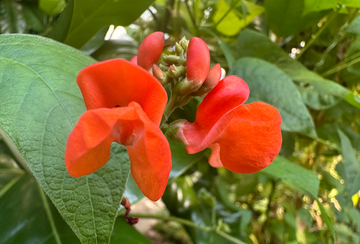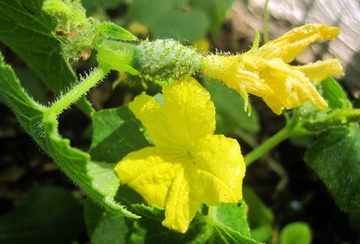
Crop Rotation

Crop rotation involves dividing the land into four quarters, planting specific crops on each, and shifting them one square over each year to restore the balance of nutrients in the soil.
When employing high-yield agricultural techniques, it is common to plant a cover crop, or leave the last quarter fallow each year.
A classic four year crop rotation schedule looks something like this:
-square one - legumes: beans and peas
-square two - brassicas: cabbage, cauliflower, Brussels sprouts, radishes and turnips
-square three - nightshades: potatoes, tomatoes, eggplants and peppers
-square four - root vegetables: onions, garlics, beets, fennel, celery, and carrots
The second square becomes the first square the following year, as the entire schedule shifts one position to the left.
It can become quite confusing to remember which plants were planted where in previous years, so it is crucial to keep track of the crop rotation schedule in a gardening journal.
Lastly, even if leaving one plot unplanted every year is not feasible, it is important to periodically let the land rest, especially if it shows signs of declining fertility.

Companion Planting

Vegetables are very particular about their neighbors, and respecting their preferences can greatly enhance their yields.
Enter companion planting, a tried and true gardening practice with proven benefits.
Here are some dos and don'ts to keep in mind.
Cooking herbs are beneficial companions for classic vegetables like tomatoes, peppers, cucumbers, cabbage, and eggplant: they enhance their flavor, attract pollinators, and repel pests.
Squash, beans, and corn, also known as the three sisters, enhance each other's growth through mutual support and synergy.
Fennel, dill, and cabbage impede tomato growth, while potatoes and eggplants compete with them for resources.
Peas and beans strongly dislike onions and garlics, and tomatoes and peppers should never be planted near brassicas.
Squashes and cucumbers have similar nutritional needs and sprawling habits, so they prefer not to be planted near each other.
Lettuce and parsley don't mix, and neither do cabbage and carrots.
